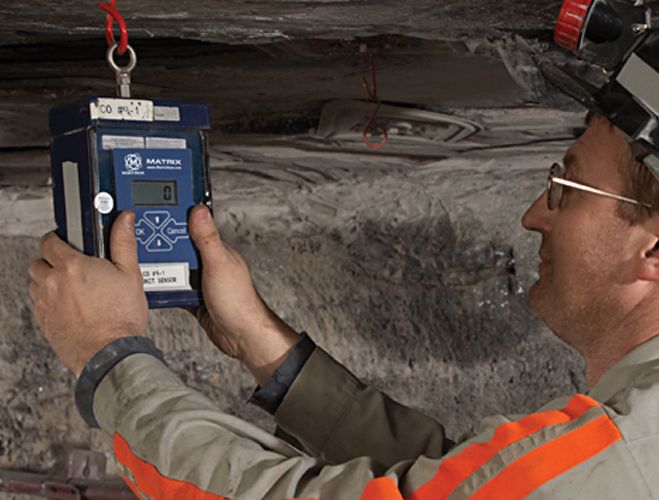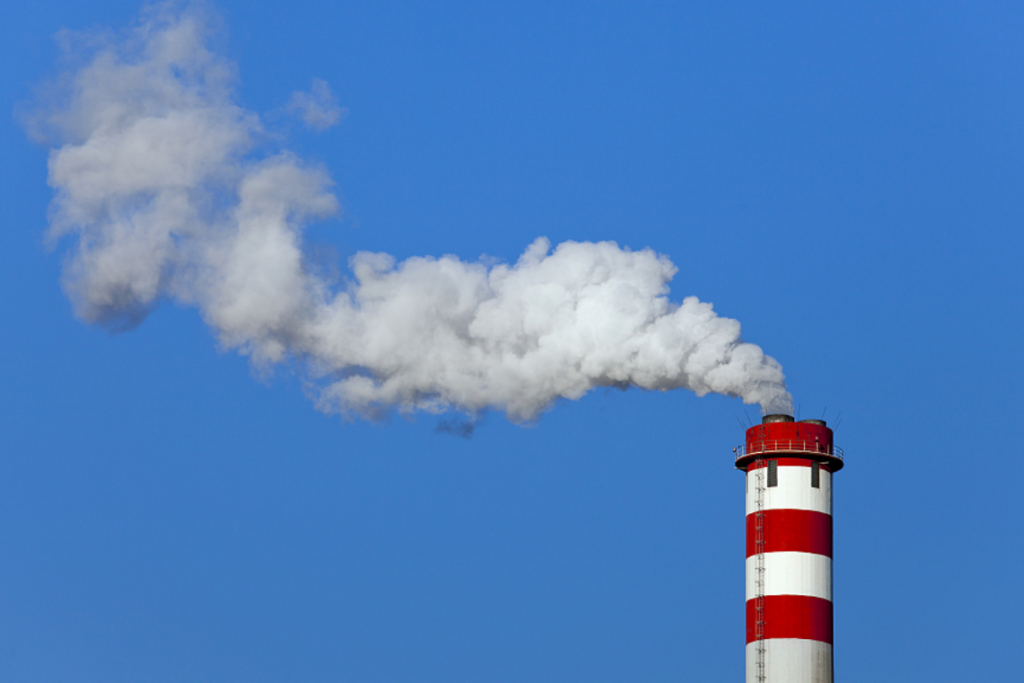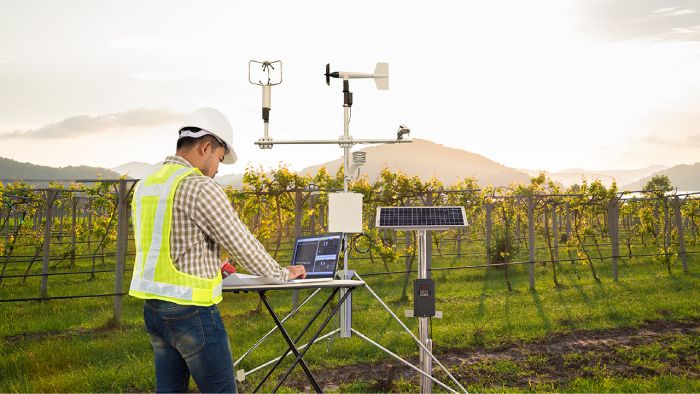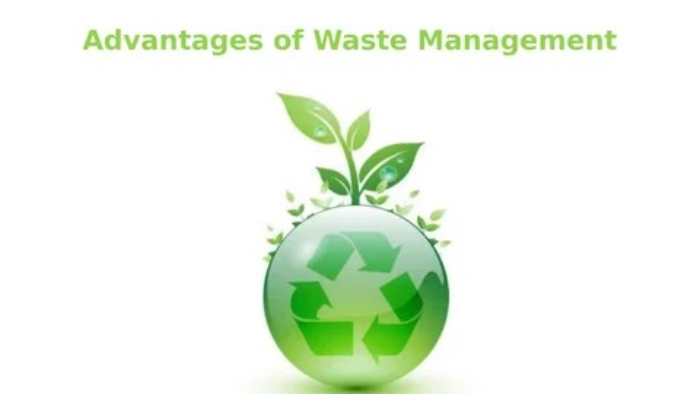Environmental monitoring is no longer just about following the rules—it’s a smart move for businesses trying to keep up with regulations, meet sustainability goals, and build public trust. Knowing the types of environmental monitoring helps companies avoid risks, lower costs, and make smart decisions that protect both their operations and the environment.
If you work in construction, manufacturing, energy, or land development, understanding your environmental impact is key. This guide breaks down the main types of environmental monitoring and how you can put them into action.
What Is Environmental Monitoring?
Environmental monitoring involves observing and measuring environmental conditions—such as air quality, water safety, and noise levels—to understand how human activities may be impacting the natural surroundings. By tracking these elements over time, businesses and organizations can identify trends, prevent harm, and make better-informed decisions that align with both regulations and sustainability goals. This process often follows established environmental reporting practices commonly used across different sectors.
Why Is Environmental Monitoring Important?
Environmental monitoring helps businesses stay compliant with regulations, reduce risks, and achieve sustainability goals. By tracking environmental factors, companies can avoid fines, spot potential issues early, and prevent costly problems. It also supports efforts to reduce carbon footprints and improve resource management. Engaging in monitoring boosts a business’s reputation, increases public trust, and can lead to cost savings by identifying inefficiencies in energy, water, and waste management.
The 7 Core Types of Environmental Monitoring
Depending on your industry, you may need to track several types of environmental impact. Here’s a breakdown of the main types of environmental monitoring businesses commonly implement:
1. Air Quality Monitoring
Air quality monitoring measures pollution in the air, which can have harmful effects on human health and the environment. This is one the most important types of environmental monitoring for businesses operating near residential areas or communities that are impacted by air pollution. Conducting land use compatibility & air quality studies can provide additional insights into how air pollution might affect local zoning and land use decisions, ensuring that businesses maintain good relationships with the surrounding community.
- Monitors pollutants like dust, smoke, nitrogen dioxide, sulfur dioxide, and ozone.
- Often required in industrial, urban, or construction projects.
- Tools range from fixed stations to mobile units and basic sensors.
- Helps ensure compliance with local air quality standards.
2. Water Quality Monitoring
Water quality monitoring involves checking the water your business uses or releases to ensure it is clean, safe, and free of contaminants. It’s one of the types of environmental monitoring crucial for businesses near lakes, rivers, or industries that handle wastewater.
- Measures acidity (pH), oxygen levels, heavy metals, and biological contaminants.
- Helps maintain safe drinking water standards and manage wastewater.
- Crucial for industries like agriculture, mining, and utilities.
- Helps prevent harmful contaminants from affecting local water bodies.
3. Soil Monitoring
Soil monitoring plays an essential role in assessing the health and safety of land, especially when it is being developed or redeveloped. This type of monitoring helps ensure that soil quality is maintained and free from contaminants that could pose a risk to the environment or public health.
- Tests for contaminants such as heavy metals, hydrocarbons, and pesticides.
- Ensures soil health for agricultural and landscaping purposes.
- Helps prevent soil contamination that could affect local water systems.
- Often required before land redevelopment or after contamination events.
4. Noise Monitoring
Loud noise can affect both people and animals. If your project involves construction or machinery, noise monitoring may be required to avoid complaints or legal issues. Using sound meters or permanent monitors helps keep noise under control. A detailed acoustic assessment report can help make sure you’re staying within limits. This is one of the types of environmental monitoring that often supports land use approvals and municipal compliance.
- Helps ensure compliance with local noise ordinances and regulations.
- Supports land use approvals and can help avoid community complaints.
- Used in construction, transportation, and machinery operations.
5. Waste Monitoring
Waste monitoring is the process of tracking the types and amounts of waste generated by your business. It ensures that waste is being managed properly, in line with regulations, and helps businesses reduce their environmental impact by improving waste management practices. Utilizing water and wastewater services can help businesses properly handle liquid waste and ensure compliance with relevant disposal regulations, promoting sustainability and minimizing environmental harm.
- Tracks waste types such as liquid, solid, hazardous, and recyclable materials.
- Ensures compliance with waste disposal regulations and environmental laws.
- Helps businesses improve waste reduction strategies and recycling efforts.
- Critical for industries that deal with complex waste streams, such as chemicals or mixed industrial waste.
6. Biodiversity and Ecosystem Monitoring
Biodiversity and ecosystem monitoring is aimed at understanding the effects of business activities on local wildlife and ecosystems. This is of the crucial types of environmental monitoring for businesses operating near forests, wetlands, or other ecologically sensitive areas.
- Uses tools like remote sensors, cameras, and field surveys to track species and ecosystems.
- Monitors plant and animal health, migration patterns, and biodiversity.
- Ensures compliance with conservation laws and helps avoid delays from endangered species assessments.
- Vital for industries involved in land development, mining, and forestry.
7. Atmospheric Monitoring
Atmospheric monitoring involves collecting data on weather conditions, greenhouse gases, and other climate-related factors. This data helps businesses track their impact on the environment and develop strategies to reduce their carbon footprint and meet emission goals. Implementing a dust and odour management plan can further support these efforts by managing air quality locally, ensuring compliance with environmental standards and minimizing disturbances to nearby communities.
- Measures greenhouse gases such as CO2, methane, and ozone.
- Supports emission reporting and sustainability certifications.
- Helps with air dispersion modeling and evaluating how emissions affect the surrounding area.
- Vital for businesses working on climate change initiatives or emission reduction projects.

Challenges Businesses Face in Environmental Monitoring
Managing different types of environmental monitoring can quickly become overwhelming without the right tools and guidance. Equipment can be expensive. It’s easy to collect too much data and not know what to do with it. Regulations are always changing. And if you’re not familiar with government processes, approvals can take forever.
These are common problems, but they can be solved with expert help. In fact, meeting the requirements of ECA and EASR is often a big step toward smoother project timelines and less stress.
Best Practices for Implementing Different Types of Environmental Monitoring
If you want your environmental monitoring efforts to be truly effective, yielding accurate and reliable results over time, it’s crucial to keep these key tips and best practices in mind to ensure success.
- Focus on the Right Areas
Start by figuring out where your work might affect the environment most. Prioritize those areas first.
- Use the Right Tools
Choose monitoring tools that are reliable and easy to use. Make sure they’re checked and calibrated regularly.
- Keep Data Organized
Use one system to store and review your monitoring data. This makes reporting easier and helps you respond to inspections.
- Plan Early
Think about monitoring before your project starts. Early data can help with permits, designs, and talking to the public.
Conclusion
Understanding the types of environmental monitoring gives your business a clear path to stay on top of regulations and operate responsibly. It’s not just about following the law—it’s about protecting your reputation, reducing risk, and planning for the future.
Companies that take monitoring seriously are better prepared for approvals, earn more trust, and catch problems before they grow. With the right plan and support, monitoring becomes less of a burden—and more of a benefit.








